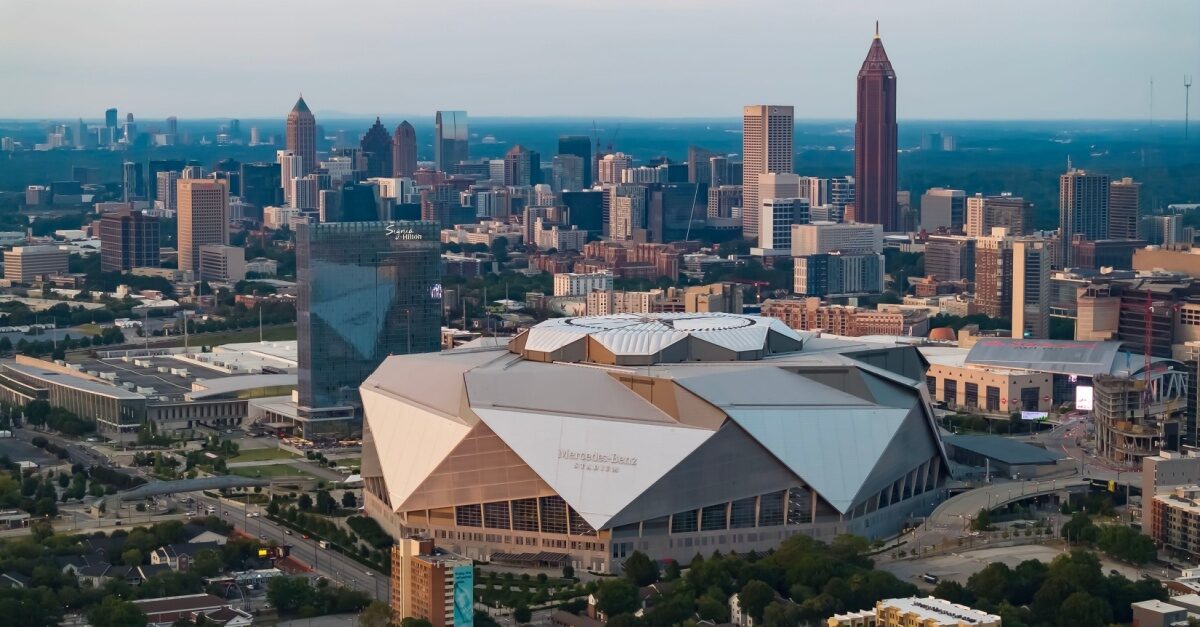Best Practices for Waterproofing Commercial Buildings
Commercial buildings of all sizes rely on a team of workers to keep everything operating smoothly. Included here would be maintenance and repair work, encompassing waterproofing commercial buildings year-round to keep them dry and secure against weather impacts. Following are some of the best practices building consultants and managers need to keep in mind when working with contractors on exterior maintenance of commercial buildings.
Preparation Prior to Waterproofing Commercial Buildings
A foundation for the drainage system should be incorporated into the overall structural design of the building. Ground level and below-ground structures can help move water away from the foundation and be included, along with similar services tailored to specific needs.
Check Pitches for the Correct Water Evacuation
While most business buildings and skyscrapers have a flat roof design, the pitch issue still will come into play. Even a flat roof has a slight angle of the pitch to allow for water runoff. Ensuring the rise is enough to drain or shed water and prevent ponding quickly is key to waterproofing commercial buildings effectively and efficiently.
Perform an Inspection After Storms
Aside from the risk of water intrusion during heavy downpours, adverse weather brings other risks when waterproofing commercial buildings. Wind can damage windows, blow debris at the building, and destroy caulking and seam seals. A careful inspection of the windows and overall structure after any significant storm must be carried out as soon as possible once the all-clear has been given and an inspection can be done.
Use the Right Sealant
Every product used for waterproofing commercial buildings has different requirements for application, curing, and longevity. Understanding which sealant is best suited for the job saves time, labor costs, and ensures successful results. Without this expertise, inefficiencies and even product failure may result. To further explain, Buildings.com compares a self-bonding product to an adhesive in this illustration: “The self-bonding membrane didn’t need a separate adhesive application followed by waiting for flash off, so five people could put down one 10- by 100-foot roll in about 12 minutes, a job that would have taken roughly 30 with a fully adhered product.”
Properly Train Staff
Waterproofing commercial buildings require proper training of employees and staff members. Staff members, maintenance workers, window washers, and team members must be able to identify problems and know when and how to report issues to their supervisors. Responding rapidly will save time and money and prevent damage from occurring.
Use Destructive Testing to Ensure the Seal Is Complete
The final step to verify success is to take the time to do a quick destructive test before moving on. A quick test to ensure seals hold, seams are correctly filled, and everything has adequately cured will provide the peace of mind needed to move on to the next phase.
Choose an Expert in Commercial Waterproofing
While the above best practices can help all building owners and managers control costs, they are no substitute for experienced and properly trained technicians. To learn more about waterproofing commercial buildings and what needs to be done to ensure quality results, request a consultation with The JOBS Group today.



